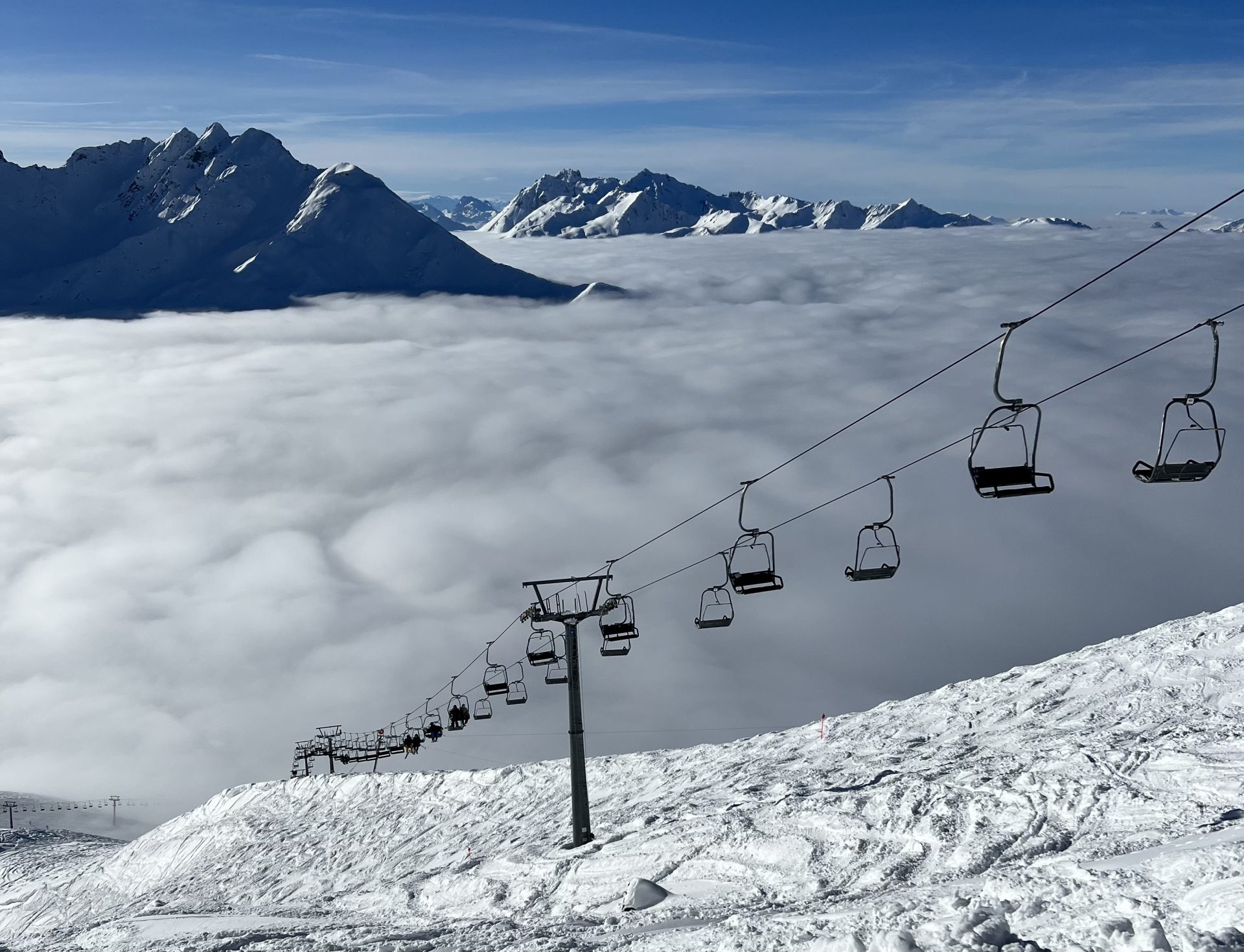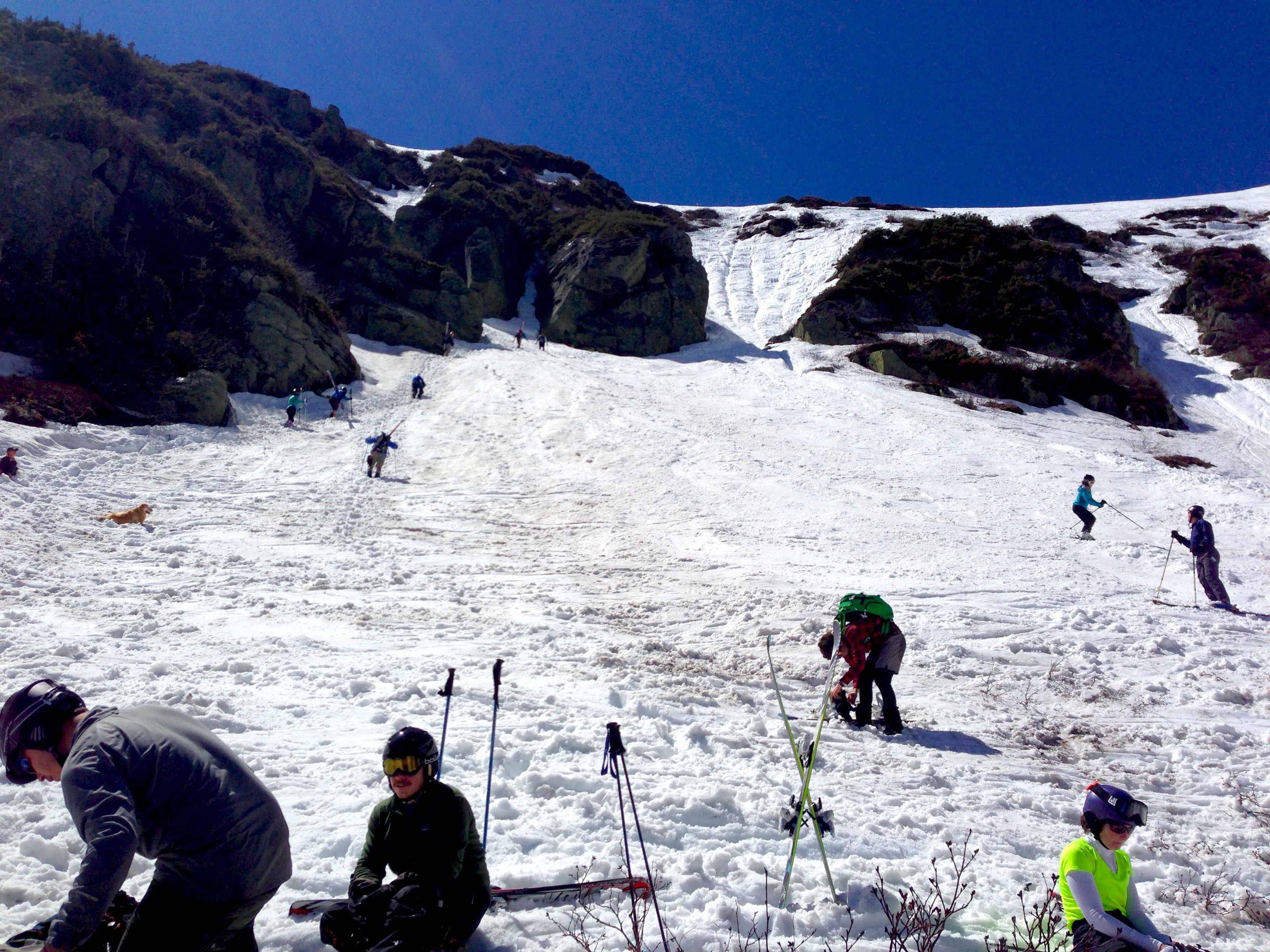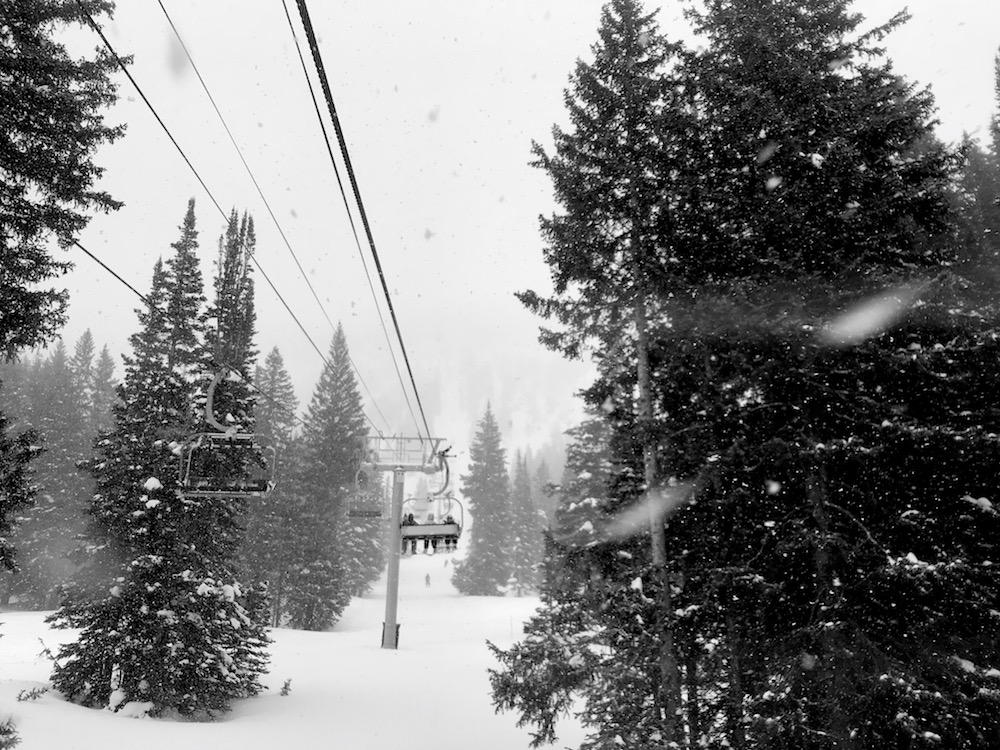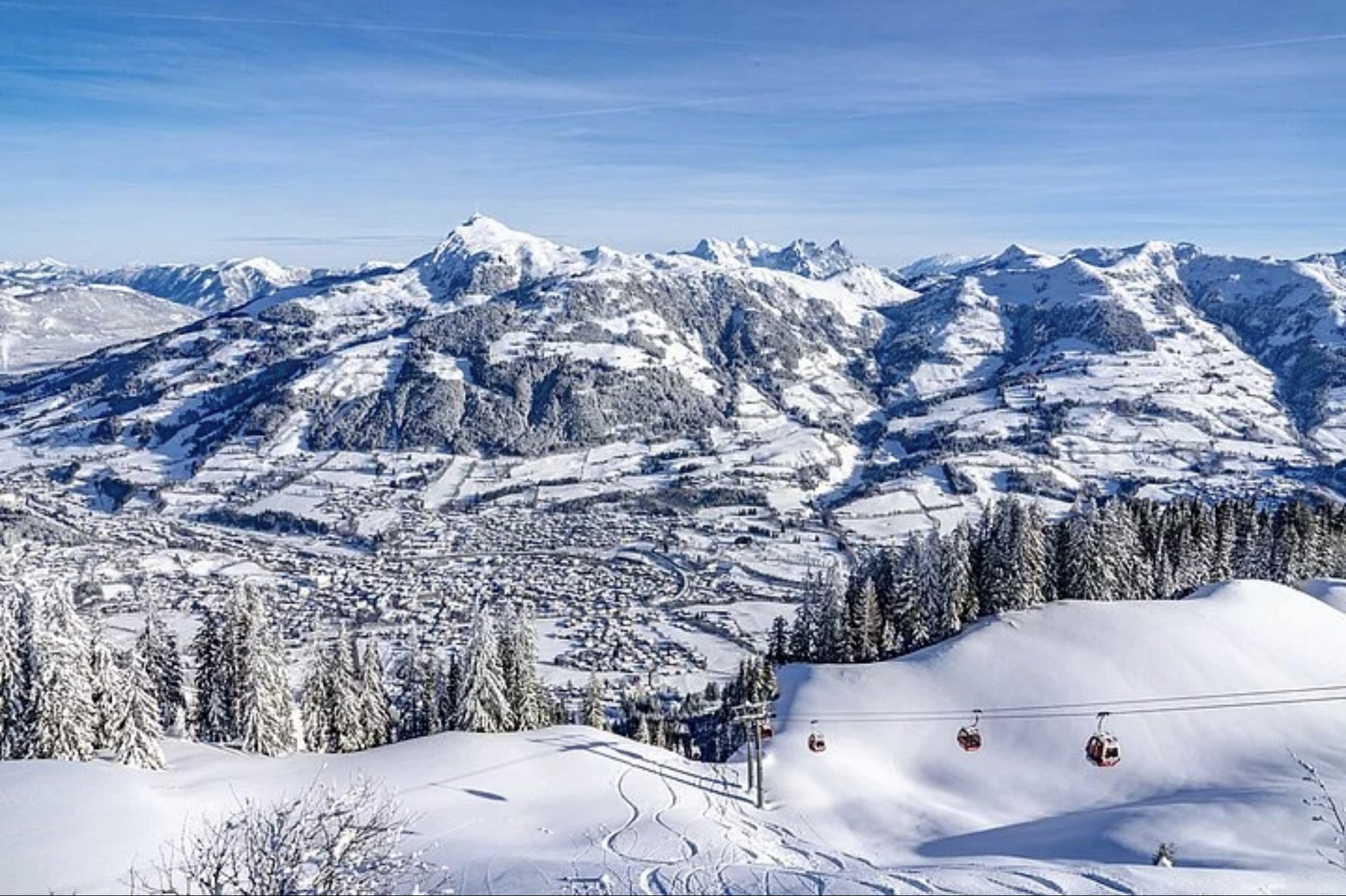
Despite a backdrop of global economic turbulence and geopolitical tension, Austria’s winter tourism sector has delivered a resilient performance—nearing all-time highs in both guest numbers and overnight stays. According to preliminary data released Friday, May 30, by Statistik Austria, the 2024–25 winter season (November through April) saw 72.25 million overnight stays, up 1.6% from the previous year, and just shy of the pre-pandemic record of 72.92 million set in 2018–19.
The number of guests rose 2.8% to 20.55 million, marking a new seasonal high for arrivals. “This positive balance, achieved in the face of significant external pressures, underscores the robustness of Austria’s winter tourism sector,” Tobias Thomas said, Director General of Statistics Austria. He noted that overnight stays from both domestic and international travelers increased by 1.6%—to 16.5 million and 55.75 million, respectively.
- Related: Epic Expansion: Exploring the 6 New Austrian Ski Destinations Added to the 2025-26 Epic Pass
Austria’s alpine states, long a magnet for winter sports enthusiasts, continue to anchor the nation’s tourism economy. The western provinces of Tyrol and Salzburg accounted for 57.9% of all overnight stays—41.86 million combined—up slightly from the previous season. While the mountain strongholds held steady, Vienna emerged as a standout, recording a striking 10.3% year-over-year increase in winter stays, bolstered by urban tourism and cultural events. Burgenland (+3.3%), Lower Austria (+2.0%), and Styria (+0.1%) also posted gains.
Austria remains heavily reliant on neighboring countries for winter tourism. Germany, Austria, and the Netherlandstogether accounted for 68% of all winter overnight stays—49.23 million in total. Germany continued to dominate as Austria’s largest foreign market, contributing 25.9 million overnight stays—though this figure dipped slightly (-1.1%) from the prior season. The Netherlands followed with 6.83 million, up 2.5%, reinforcing its status as Austria’s second-largest source of winter visitors.
January and February remained the winter’s busiest months, generating 33.21 million overnight stays—46% of the seasonal total. However, December saw a sharp 10.9% increase in stays year-over-year, suggesting a strong start to the season. April was particularly notable: overnight stays surged 23.9% to 8.16 million, fueled largely by the timing of Easter, which fell in April this year compared to March in 2024. International visitors drove this spike, contributing 70% of April’s bookings—a 32.6% rise. The biggest gains came from Germany (+57%), Switzerland and Liechtenstein (+21.8%), and the UK (+10.4%).
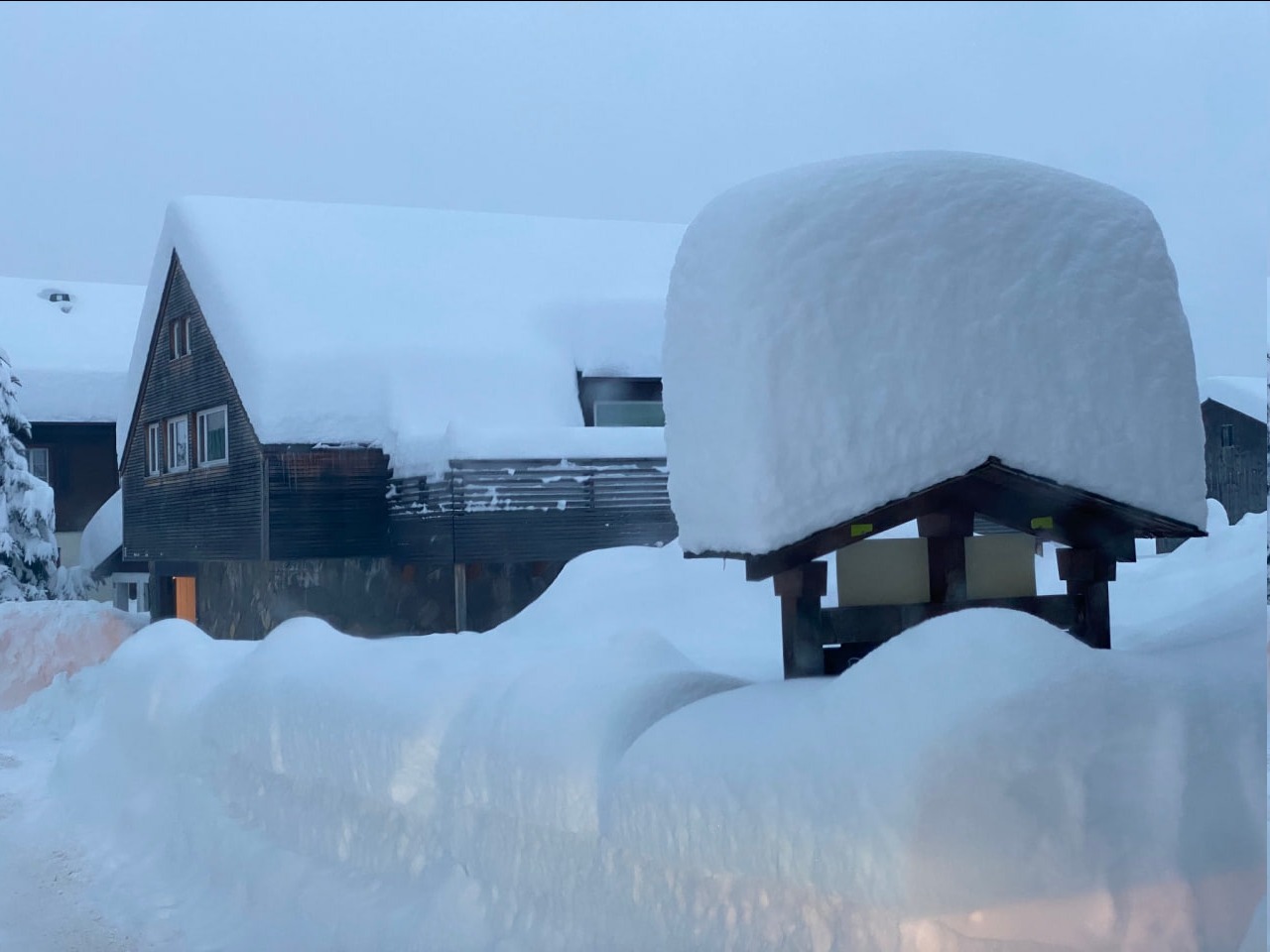
Though winter tourism flourished, early 2025 has seen a slight softening. Between January and April, Austria recorded 54.05 million overnight stays, 0.8% fewer than the same period in 2024. Foreign visitor stays fell 1.1%, while domestic tourism remained flat, up just 0.2%. Still, industry observers say the winter numbers affirm Austria’s position as a global winter tourism powerhouse, particularly for skiing, alpine sports, and luxury getaways.
With snow-sure resorts, modern infrastructure, and an established international tourist following from other European countries, Austria remains well-positioned to weather economic headwinds—so long as the snow keeps falling. It will be interesting to receive more detailed numbers from Statistik Austria next month to see how the numbers of American visitors compare to 2023-24. The addition of six Austrian ski resorts to the Epic Pass offering could likely see U.S. visitors break the 1-million barrier.
